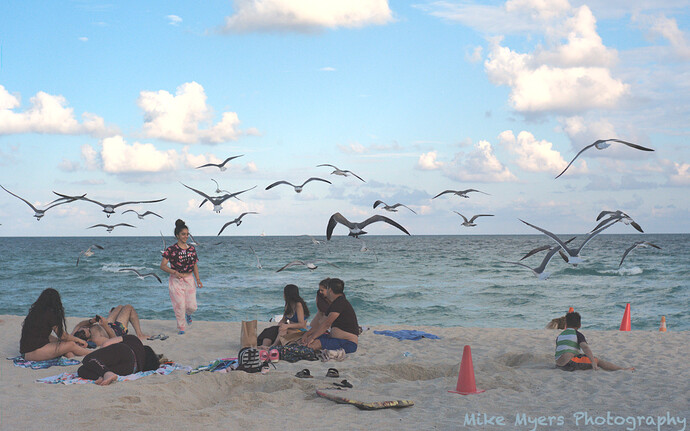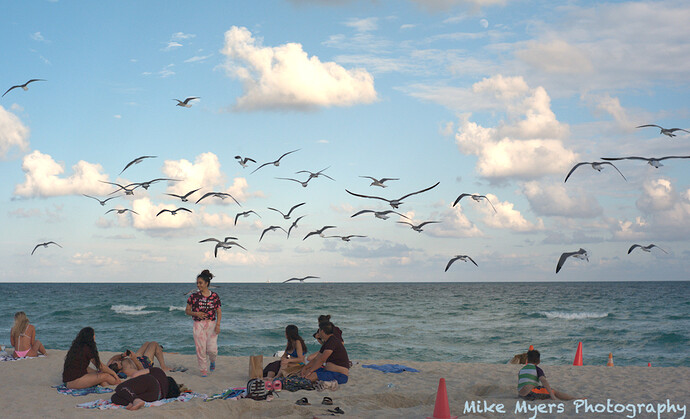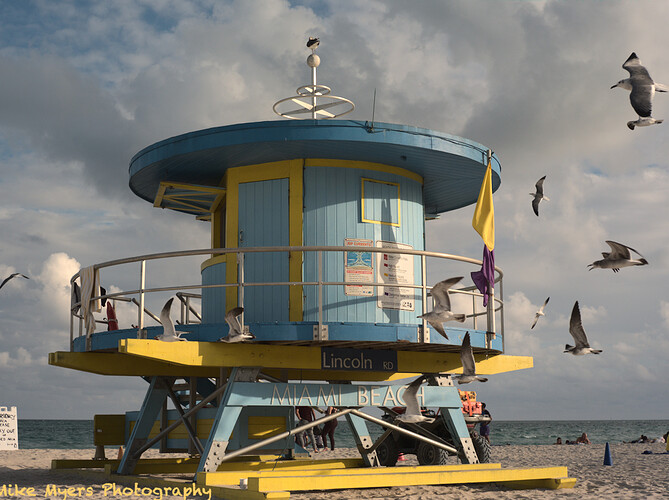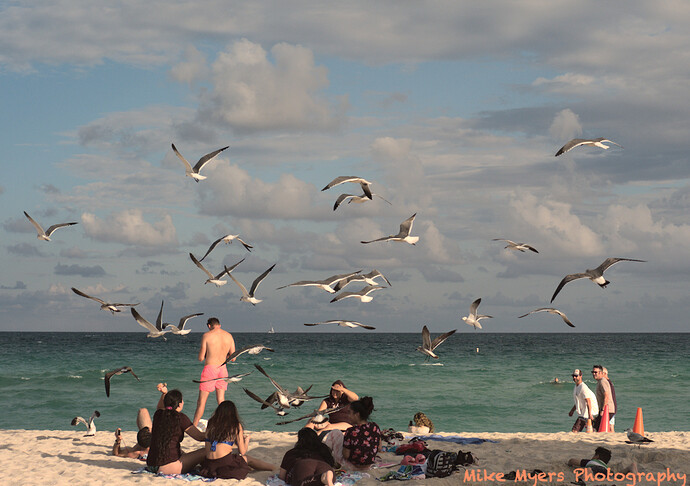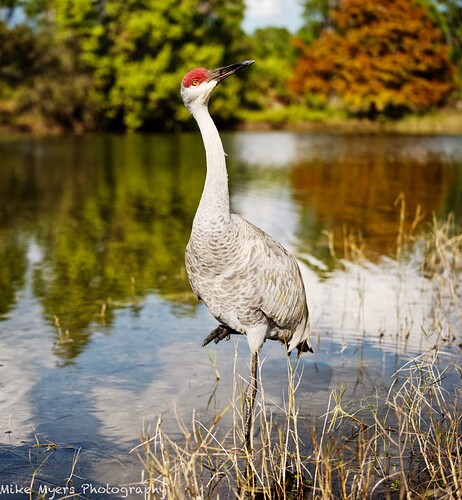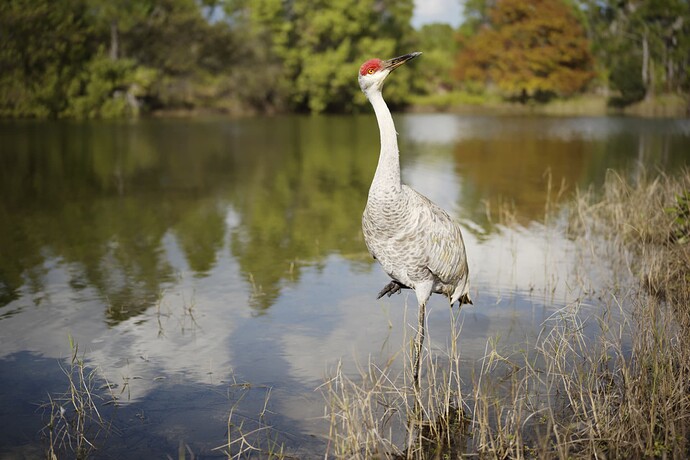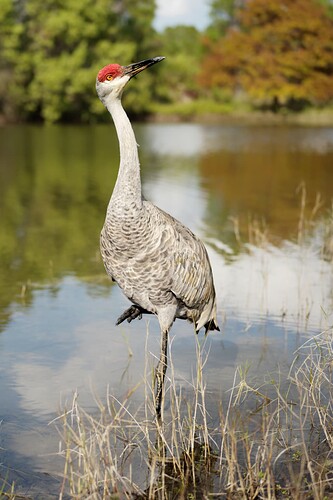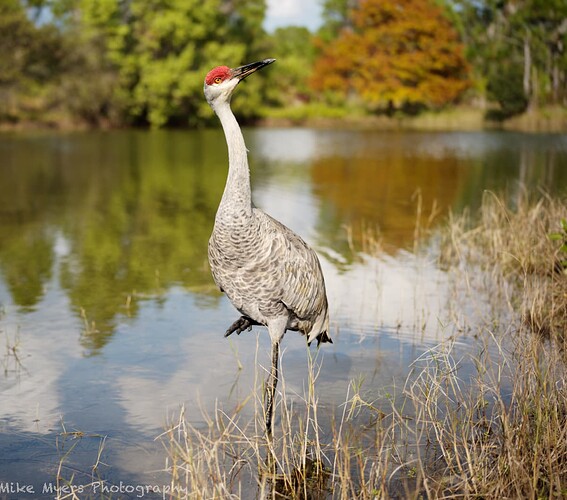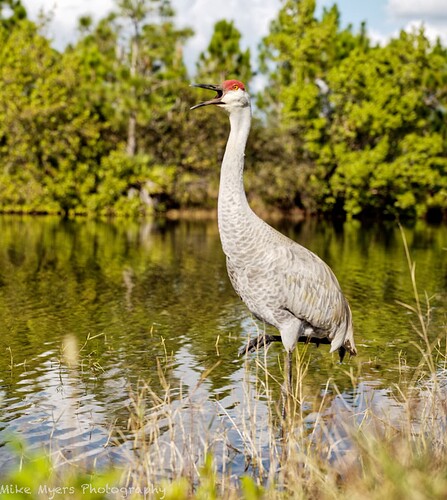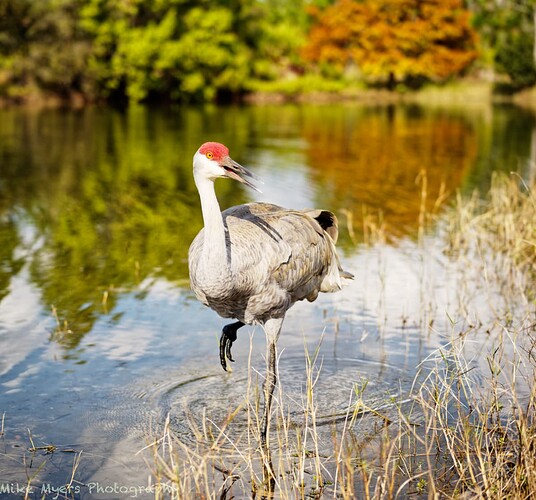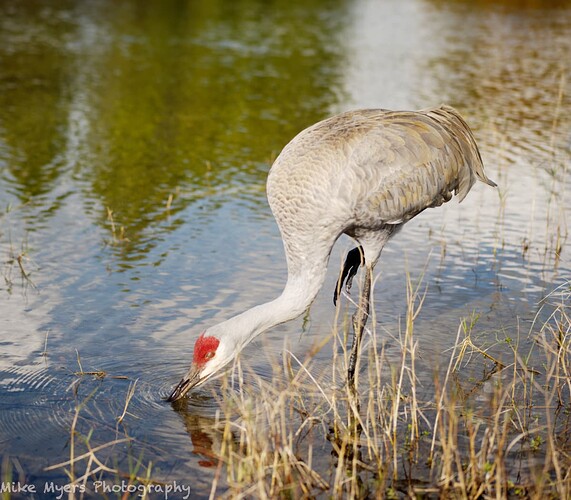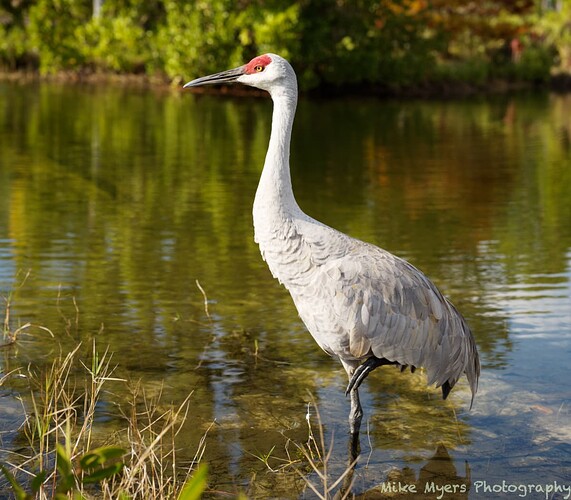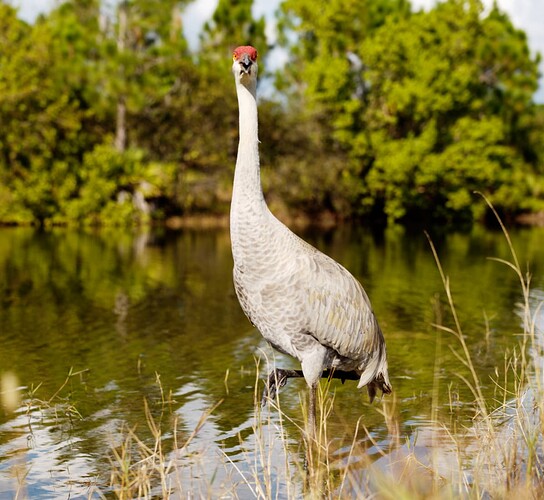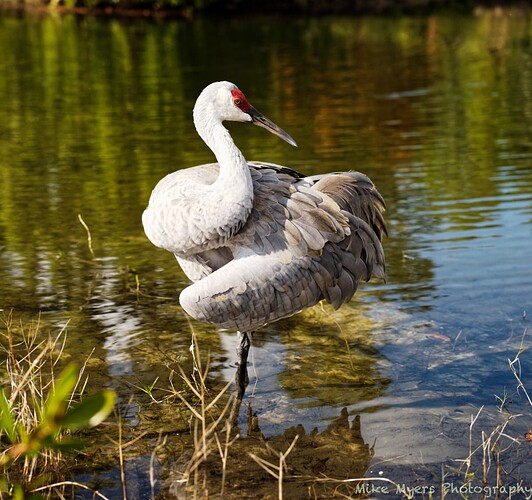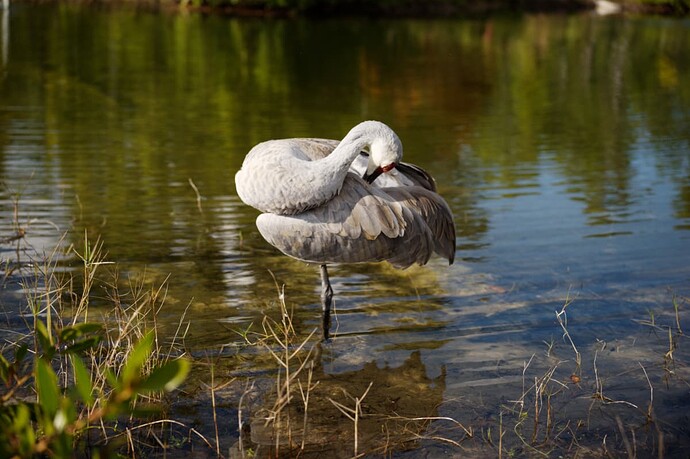Peter, that’s dangerous words. You’re right, of course. My Nikon D3 with my huge and heavy Nikon 80-200 f/2.8 zoom did get the results I hoped for, but the outfit was so heavy, it was a pain to carry, walking around the race track. My new D750 (at the time) was MUCH more enjoyable to carry around, and it worked “well enough”, and the $90 70-300 Nikon Zoom I bought felt weightless by comparison, and got “acceptably” sharp images for my purpose, but they were scrap compared to what the heavier lens could do.
The words I highlighted are extremely important. …or am I just getting lazy? It didn’t stop Ansel Adams from hauling around his LF camera gear, and I doubt it stops Joanna from doing the same thing. How do you deal with “convenience vs quality”? What can we “give away” by using lesser capable gear, before it is too much?
You are all so capable, and talented, and knowledgeable, that I know if I do anything “wrong”, one of you will call me out on it, which is a good thing, not something bad. A huge part of “getting better” is not making mistakes I used to make, knowingly, or otherwise.
I’m going to post four photos below that I took yesterday. I probably took 150 images at the beach, and as I started deleting the ones I liked least, I was left with only these three. I processed them in DarkTable, constantly looking up things I didn’t understand - by comparison, PhotoLab is (in my opinion) so much easier to understand, and capable. Anyway, for an hour or two last night, and then re-doing them this morning, this is what I was able to get out of my M8 with the $280 “ChinaCron” lens. Aperture was f/8, to avoid issues with the lens. All were hand-held, mostly trying to capture all the birds in a photogenic setting, with the beach and beach-goers as “props” to bring the birds to life. I’m still not sure about the editing, but I’m getting closer. I haven’t yet exported them as TIFF images, to be processed in PL5, but that is was my goal. (It’s also difficult to concentrate on composition while so many birds are flying around - hopefully the images are reasonably acceptable…)
I can post the original dng images here, but I’m not sure it’s worth the effort - I will most likely be using my D750 and M10 for any “serious” photos I take, and save the M8 for “snapshots”.
